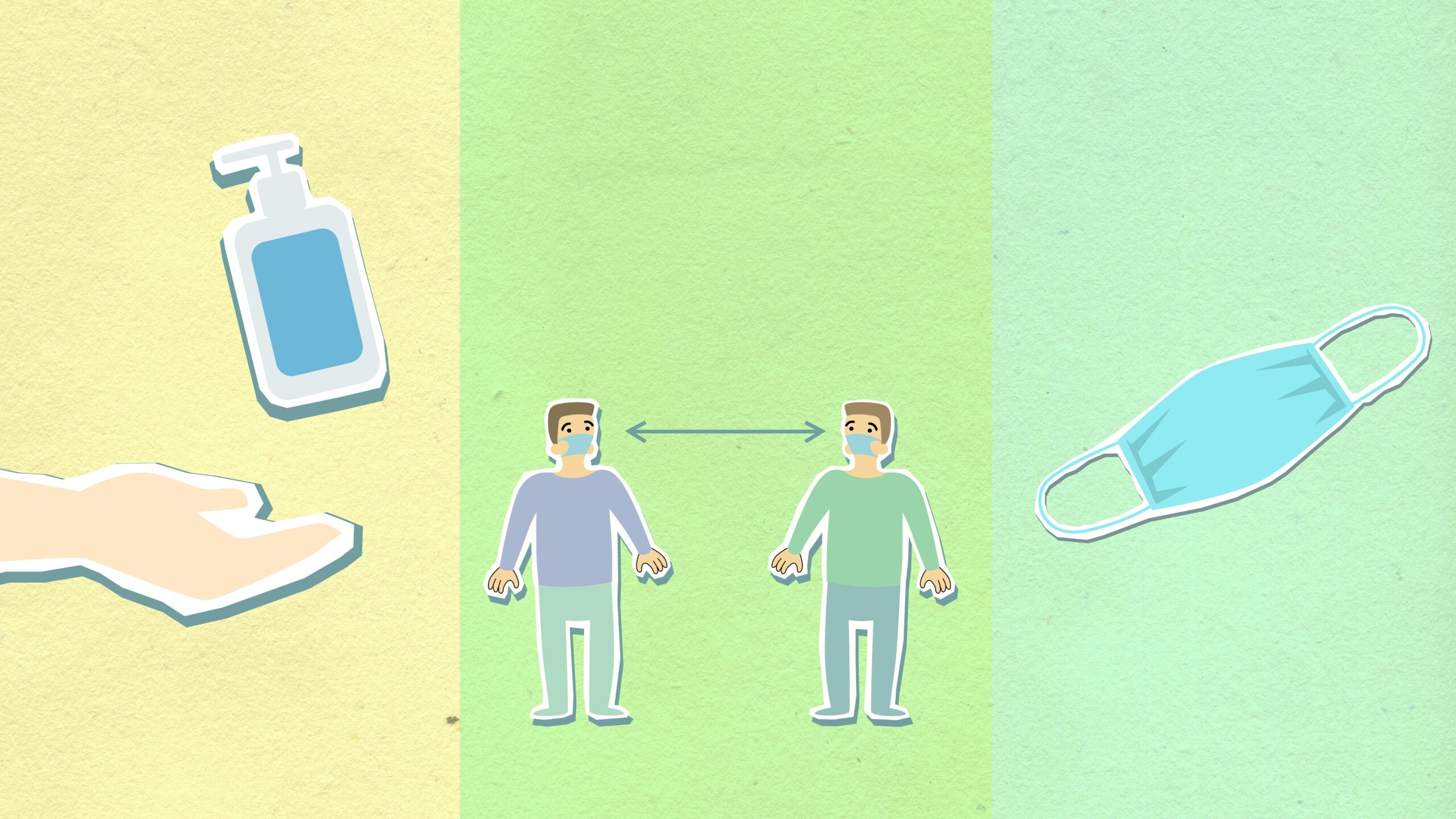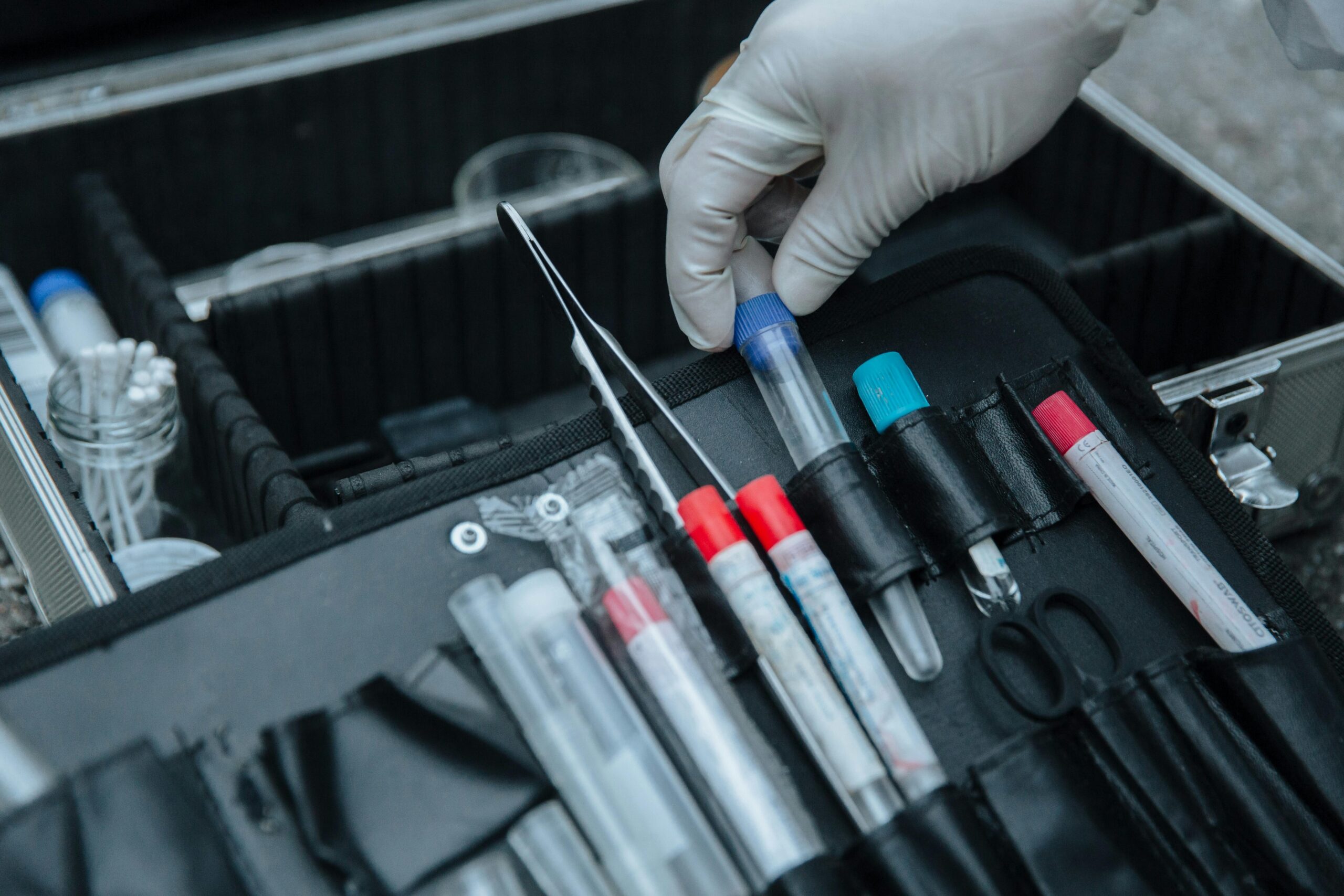Ever felt like you’re fighting an uphill battle when trying to prove a patent infringement claim? You’re not alone. Many businesses overlook the importance of proper evidence gathering, often leading to denied insurance claims or costly legal battles. But what if there was a way to stack the odds in your favor from the start?
In this post, we’ll explore everything you need to know about collecting rock-solid evidence for patent infringement insurance claims. From understanding why it matters to actionable tips and real-world examples, we’ve got you covered. By the end, you’ll be equipped with strategies that are as sharp as a chef’s knife (and just as satisfying to wield).
Table of Contents
- Introduction
- Why Evidence Gathering Matters
- Step-by-Step Guide to Collecting Evidence
- Best Practices for Evidence Gathering
- Real-Life Examples of Effective Evidence Collection
- Frequently Asked Questions
- Conclusion
Key Takeaways
- Gathering strong evidence is crucial for successful patent infringement insurance claims.
- A step-by-step guide can simplify complex processes like documentation and communication.
- Adopting best practices ensures your evidence holds up under scrutiny.
- Case studies provide valuable insights into practical applications.
Why Evidence Gathering Matters

Picture this: A competitor releases a product strikingly similar to yours. You suspect patent infringement but lack concrete proof—sounds familiar? Without robust evidence, even the best patent infringement insurance policy becomes useless. It’s like trying to bake without flour—impossible!
I once worked on a case where my client failed to track interactions with alleged infringers properly. Spoiler alert: They lost their claim because emails weren’t saved systematically. This mistake taught me the hard truth—every detail counts.
Optimist You: “All I need is one solid email trail!”
Grumpy You: “Sure, IF IT EXISTS. Better save those threads, buddy.”
Step-by-Step Guide to Collecting Evidence

Here’s how you can build a foolproof strategy for evidence collection:
Step 1: Document Every Interaction
From initial suspicion to formal complaints, document EVERYTHING. Emails, meeting notes, screenshots—you name it. If it feels tedious now, trust me—it’ll feel worse later if you don’t.
Step 2: Use Time-Stamped Photos/Videos
Snap pictures or videos of infringing products at trade shows or online. Always make sure they include timestamps so insurers know exactly when you spotted them.
Step 3: Consult Legal Experts Early On
Engage IP lawyers who specialize in patents early. Their advice will streamline your evidence collection process while ensuring compliance with regulations.
Best Practices for Evidence Gathering

Here’s a quick list of do’s and don’ts:
- DO: Maintain digital backups of all documentation.
- DON’T: Wait until the last minute to organize files—a lesson learned the hard way.
- DO: Keep detailed logs of phone calls and meetings.
- DON’T: Delete “irrelevant” information prematurely; leave no stone unturned.
The One Tip You Should Ignore
Some suggest relying solely on public databases for patent searches. That’s garbage advice unless verified by experts. Why? Because gaps in these systems can cost you dearly.
Real-Life Examples of Effective Evidence Collection
Take Company X, which meticulously documented every interaction with its competitor, including internal memos discussing potential infringements. When push came to shove, their comprehensive records secured victory—and full compensation through insurance.
*Sound effect:* Like pages flipping rapidly during court prep—flippity-flap.*
Frequently Asked Questions
Q: What qualifies as acceptable evidence for patent infringement?
A: Any tangible record proving unauthorized use, such as dated correspondence, product photos, or expert witness testimonies.
Q: Can social media posts serve as evidence?
A: Absolutely! Public posts showcasing infringing products count but ensure screenshots preserve metadata.
Q: How long should I retain evidence documents?
A: At least seven years post-resolution since insurers might audit claims retrospectively.
Conclusion
Navigating patent infringement insurance requires meticulous evidence gathering. By following our step-by-step guide and adopting proven best practices, you position yourself ahead of the game.
To recap:
- Gather exhaustive documentation.
- Leverage time-stamped visuals.
- Involve legal pros ASAP.
And hey, remember: Just like Tetris, the more pieces you have lined up perfectly, the higher your score will soar. Game over? Not today!
P.S. “Proof piles high / Evidence builds bridges / Claims never falter.” – Your friendly neighborhood haiku ninja.


